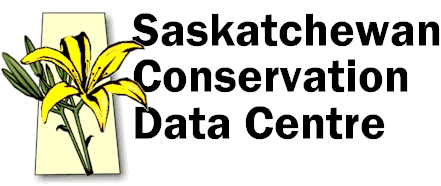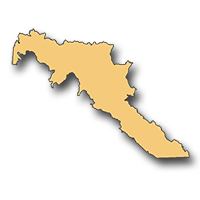
ECOZONE
PRAIRIE
ECOREGION
Moist Mixed Grassland

Hectares: 6,789,000 ha (11%)
This ecoregion marks the northern extension of open grassland in the province, and is closely correlated with semi-arid moisture conditions and dark brown soils. Most landscapes are comprised of glacial till, and have short, steep slopes and numerous undrained depressions or sloughs, although several large, level glacial lake plains also occur. Native vegetation is confined largely to non-arable pasture lands, where speargrasses and wheatgrasses, along with deciduous shrubs such as snowberry, rose, chokecherry, and wolf willow are among the more common species.
Small aspen groves are typically found around sloughs and are a characteristic feature of the landscape, particularly as compared to the drier Mixed Grassland ecoregion which is largely treeless. The prairie potholes or sloughs, although less common than in the Aspen Parkland, provide a valuable habitat for waterfowl. Mule deer and white-tailed deer are conspicuous wildlife species. Other notable species include coyote, red fox, badger, Richardson's ground squirrel and jack rabbit.
The western meadowlark, eastern kingbird, yellow-headed blackbird, piping plover, sharp-tailed grouse and Franklin's gull are typical birds. Agriculture is by far the dominant land use, with cereals being the main crop. Feed grains, forage crops and oilseeds are also grown, but to a lesser extent than in the Aspen Parkland.
LANDSCAPE AREA
- K1 Neutral Hills
- K2 Tramping Lake Plain
- K3 Seniac Hills
- K4 Biggar Plain
- K5 Bear Hills
- K6 Rosetown Plain
- K7 Goose Lake Plain
- K8 Saskatoon Plain
- K9 Moose Wood Sand Hills
- K10 Minichinas Upland
- K11 Elstow Plain
- K12 Allan Hills
- K13 Arm River Plain
- K14 Last Mountain Lake Plain
- K15 Strasbourg Plain
- K16 Eyebrow Plain
- K17 Regina Plain
- K18 Griffin Plain
- K19 Trossachs Plain
- K20 Souris River Plain